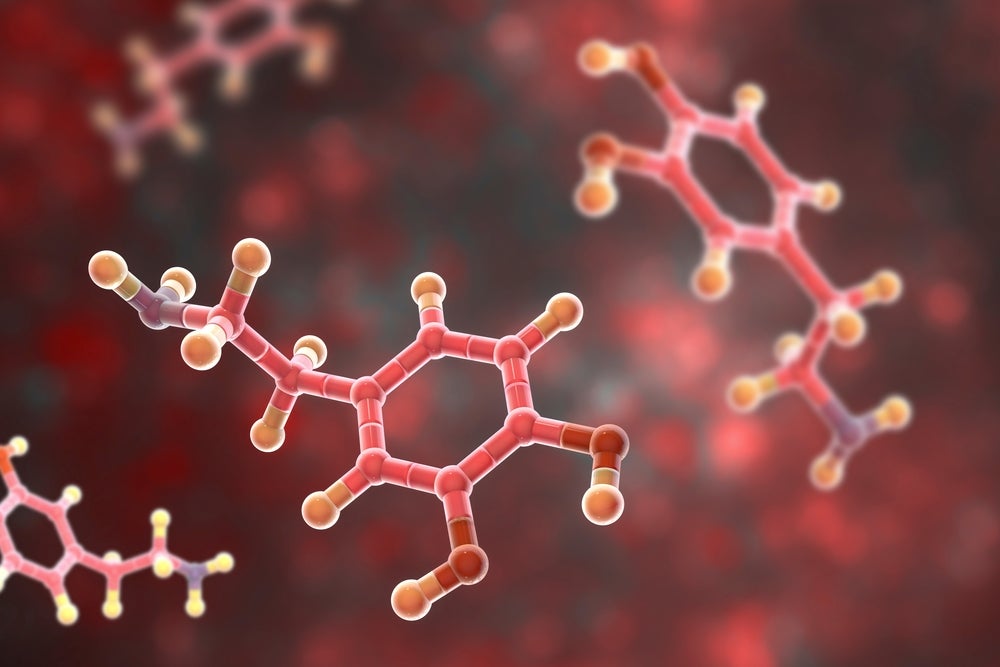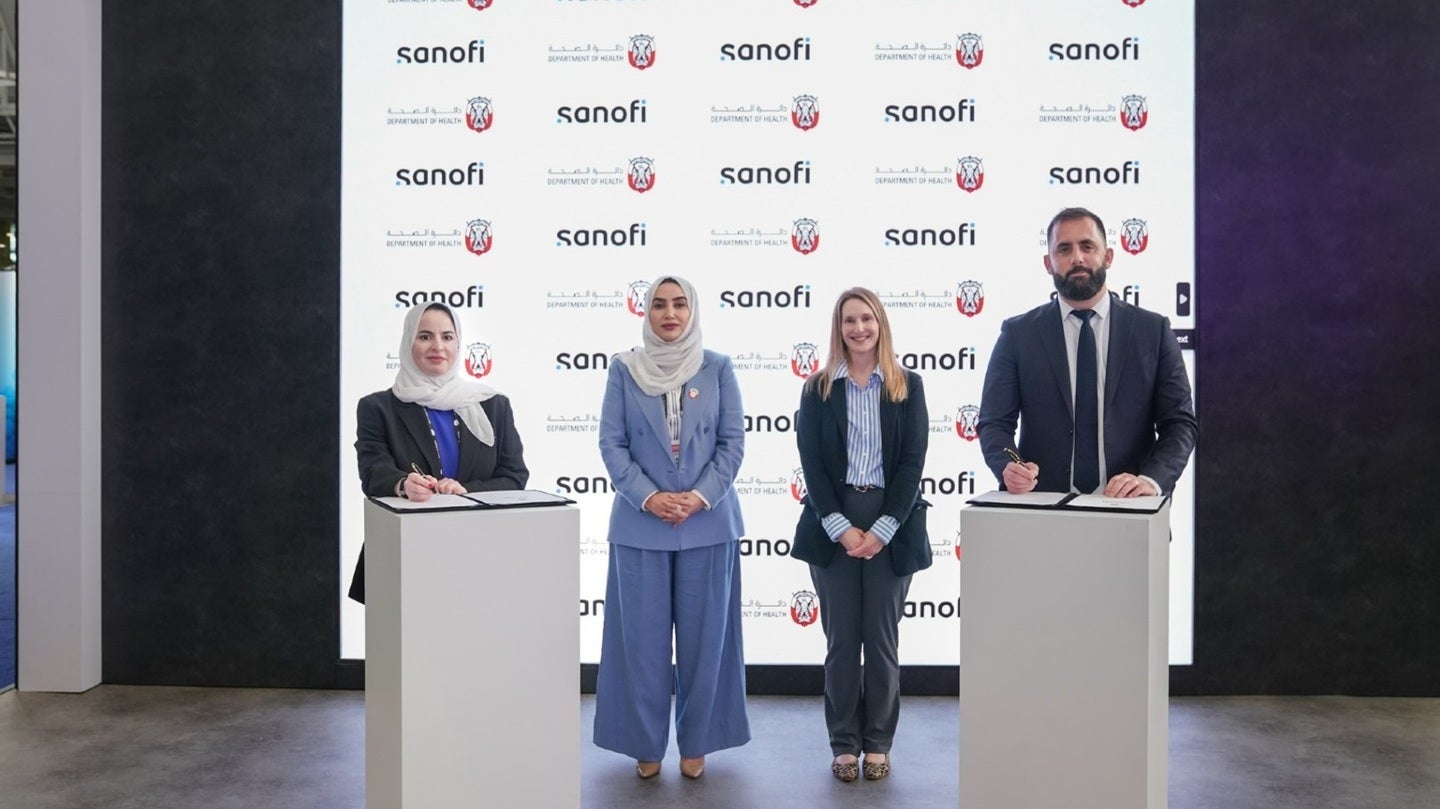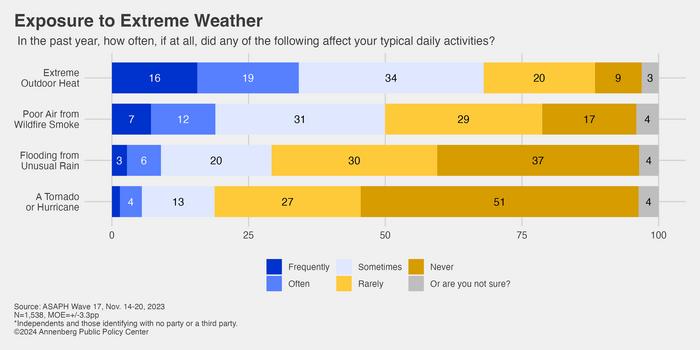Assessing Tropical Cyclone Wave Risks for Aquaculture
In recent years, the increasing frequency and intensity of tropical cyclones have posed serious threats to coastal infrastructure and marine-based industries worldwide. Among the sectors vulnerable to these climactic upheavals, marine aquaculture stands out due to its reliance on offshore environments that are intrinsically exposed to oceanic and atmospheric dynamics. An innovative study led by […]


In recent years, the increasing frequency and intensity of tropical cyclones have posed serious threats to coastal infrastructure and marine-based industries worldwide. Among the sectors vulnerable to these climactic upheavals, marine aquaculture stands out due to its reliance on offshore environments that are intrinsically exposed to oceanic and atmospheric dynamics. An innovative study led by Fang, Zhu, Bian, and colleagues, published in the International Journal of Disaster Risk Science in 2025, dives deeply into this multifaceted problem by quantitatively assessing the risks imposed by extreme waves generated by tropical cyclones on marine aquaculture. This groundbreaking research introduces a robust framework centered on physical vulnerability, shifting the paradigm for how marine industries understand, prepare for, and mitigate cyclone-induced damage.
Tropical cyclones generate massive ocean waves and surging sea levels that directly impact aquaculture facilities, including fish farms, shellfish cages, and seaweed farms. These destructive forces can lead to catastrophic losses, not only in the form of physical infrastructure damage but also through secondary economic disruptions such as supply chain bottlenecks and regional decreases in seafood production. Fang and colleagues emphasize that current risk assessments often lack the integration of detailed physical vulnerability parameters, focusing solely on hazard exposure or economic impact in isolation. Their study fills this critical gap by providing a comprehensive and quantitative model that considers the physical susceptibility of aquaculture installations relative to storm-induced hydrodynamic forces.
At the heart of their methodology lies a sophisticated coupling of meteorological cyclone data with hydrodynamic simulations that generate wave profiles characteristic of storm scenarios. By drawing on historical cyclone track data and state-of-the-art atmospheric models, the authors simulate extreme wave heights, wave periods, and water levels expected during peak storm events. These outputs feed directly into vulnerability assessment modules that account for structural design, installation depth, mooring systems, and material resilience of aquaculture units. This holistic approach not only quantifies physical risk at a facility level but also scales the findings to regional aquaculture zones, enabling targeted risk management strategies.
One of the significant novel contributions of this work is the construction of a vulnerability index tailored specifically for marine aquaculture. Unlike terrestrial risk indices, this index integrates parameters such as cage breakage thresholds, floating platform buoyancy limits, and the erosion potential due to sediment transport triggered by wave action. The index is then applied to real-world aquaculture farms located in typhoon-prone regions of Southeast Asia, where aquaculture contributes substantially to both local economies and global seafood supply chains. The variation in vulnerability across different aquaculture typologies and geographic settings reveals critical insights into differential risk profiles.
In parallel to the physical modeling, the researchers advance the discussion on the dynamic interactions between wave forces and innovative aquaculture engineering solutions. Their findings underscore the importance of design adaptations, such as flexible mooring lines and resilient net materials, which can intrinsically reduce vulnerability. Moreover, spatial planning emerges as a key preventative measure, where site selection away from historically intense wave zones substantially lowers risk exposure. By quantifying the benefits of these engineering and planning interventions, the study provides a prescriptive guide for policymakers and industry stakeholders aiming to future-proof marine food production systems.
The economic implications derived from the physical vulnerability model further illustrate the potential ripple effects of cyclone events on regional aquaculture economies. Traditional insurance models often underestimate loss probabilities because they fail to incorporate physical breakdown mechanisms at the micro-structural level. Fang et al.’s approach allows insurers to recalibrate risk premiums with higher fidelity, fostering more accurate financial instruments that incentivize risk-reducing practices. This direct linkage between physical vulnerability and economic resilience lays the groundwork for integrated disaster risk financing solutions aimed at coastal and marine enterprises.
Beyond immediate structural damage, the study also contemplates longer-term ecosystem consequences induced by extreme wave events. Marine aquaculture often functions within sensitive coastal habitats such as mangroves and coral reefs, which themselves shield farms from erosive forces. Disruption of these natural barriers through cyclone-driven phenomena can compound aquaculture vulnerability and delay recovery times. The researchers advocate for a multidisciplinary approach that couples ecosystem conservation with infrastructural resilience to establish robust marine production zones capable of withstanding recurrent cyclonic impacts.
Importantly, the study highlights an urgent need for global adaptation frameworks as climate change projections indicate an overall rise in tropical cyclone intensity. The quantitative risk assessment framework developed by Fang and colleagues is designed to be scalable and adaptable to various climatic and geographic contexts, positioning it as a critical tool for international marine governance. It enables comparative risk mapping and prioritization of investments toward high-vulnerability aquaculture nodes worldwide, fostering a coordinated and proactive stance in climate risk management.
The authors also address the formidable challenge of data scarcity and heterogeneity in many coastal regions, especially in developing nations where aquaculture is growing rapidly but institutional monitoring is limited. By leveraging remote sensing data and coupling it with modeled cyclonic scenarios, they demonstrate how technology-driven approaches can fill data gaps, allowing even resource-limited areas to engage in rigorous risk assessment and adaptive planning. This democratization of risk knowledge is key to equitable climate resilience in global food systems.
Additionally, the research includes sensitivity analyses of key physical parameters influencing vulnerability outcomes. Variables such as wave period, peak wave height, and farm structural damping ratios are examined to reveal threshold behaviors where small changes in conditions lead to disproportionately large increases in damage potential. These nonlinear response characteristics emphasize the need for high-resolution temporal and spatial data to inform real-time operational decisions during cyclone seasons, facilitating adaptive management and rapid response capabilities.
The implications of this work transcend marine aquaculture, extending to coastal engineering and hazard mitigation fields. The model framework can be customized to assess risks for other marine infrastructure including offshore wind platforms, oil rigs, and coastal desalination plants, underscoring the interdisciplinary value of their approach. Furthermore, bridging physical vulnerability assessments with socio-economic evaluations opens pathways to holistic disaster risk reduction strategies, reinforcing community resilience in coastal regions.
Fang and colleagues conclude by outlining future research trajectories informed by emerging technologies such as autonomous sensor networks and machine learning algorithms. These innovations hold promise for enhancing prediction accuracy and vulnerability detection, paving the way for smart marine aquaculture systems that dynamically adjust to evolving hazard landscapes. The integration of these technologies will be pivotal in managing cascading risks stemming from extreme cyclonic events in a rapidly changing climate.
In sum, this landmark study offers an unprecedented quantitative lens through which the risks posed by tropical cyclone-induced extreme waves to marine aquaculture can be understood and mitigated. By uniting physical vulnerability assessments with cyclone modeling and practical engineering insights, it charts a path toward resilient, sustainable marine food production amid the growing threats of climate variability. The findings resonate profoundly in a world increasingly reliant on coastal resources, signaling a call to action for scientists, engineers, policymakers, and industry leaders alike to collaborate in safeguarding this vital sector.
The innovative risk assessment framework championed by Fang et al. not only equips stakeholders with actionable intelligence but also illuminates broader challenges of coastal adaptation in the Anthropocene. As tropical cyclones grow fiercer and sea levels rise, the resilience of aquaculture—and, by extension, global food security—will depend on our ability to integrate complex scientific understanding with practical resilience-building measures. This study stands as a compelling example of such integration and a beacon for future research and policy efforts in marine disaster risk reduction.
Subject of Research: Quantitative risk assessment of the physical vulnerability of marine aquaculture to tropical cyclone-induced extreme waves.
Article Title: Quantitative Risk Assessment of Tropical Cyclone-Induced Extreme Waves on Marine Aquaculture Based on Physical Vulnerability.
Article References:
Fang, J., Zhu, S., Bian, W. et al. Quantitative Risk Assessment of Tropical Cyclone-Induced Extreme Waves on Marine Aquaculture Based on Physical Vulnerability. Int J Disaster Risk Sci (2025). https://doi.org/10.1007/s13753-025-00635-4
Image Credits: AI Generated
Tags: aquaculture facility resilienceassessing wave risksclimate change and aquaculture riskscoastal infrastructure threatscyclone-induced damage mitigationeconomic impacts of cyclonesextreme wave assessmentmarine aquaculture vulnerabilityoffshore aquaculture challengesphysical vulnerability frameworkseafood production disruptionstropical cyclone risks
What's Your Reaction?


































